Scrapy vs. Beautiful Soup: A Comprehensive Comparison Guide for Web Scraping Tools
WebscrapingAPI on Aug 10 2023
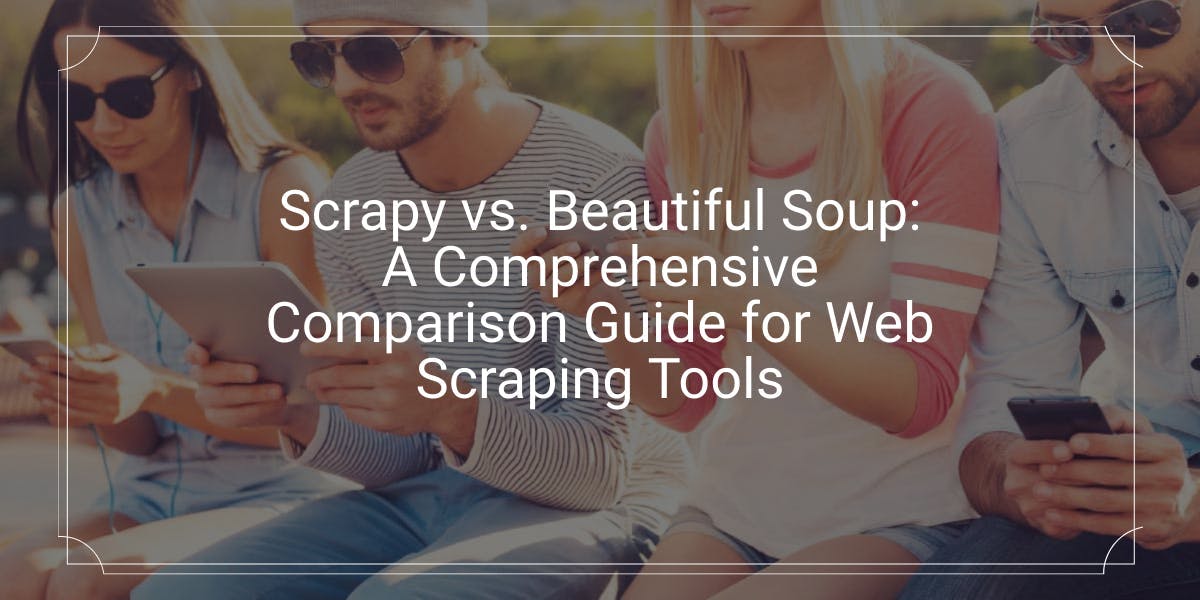
For both budding programmers and experienced developers, web scraping is an essential skill but can often present challenges. The intricacies of web scraping are manifold, and the complexity can escalate quickly if one doesn't have the right tools at their disposal.
This article embarks on a comprehensive examination of two popular web scraping utilities – Scrapy and Beautiful Soup – to equip readers with a deeper understanding of their individual roles and applications in the domain of web scraping.
We'll explore both Scrapy and Beautiful Soup, shedding light on their unique features, advantages, and limitations. Moreover, we will present real-world examples and scenarios to assist you in deciding which tool best suits your specific needs. By providing a side-by-side comparison, this article aims to clear any confusion and help you make an informed choice for your web scraping projects.
So, without further ado, let’s dive into the fascinating world of web scraping tools and uncover what Scrapy and Beautiful Soup have to offer!
Scrapy vs. Beautiful Soup – A Simplified Overview
Before we plunge into the intricate technicalities and jargon, it's crucial to establish a foundational understanding of the distinctions between Scrapy and Beautiful Soup. So, what sets these two tools apart?
At its core, Scrapy is a robust web scraping framework. It facilitates a broader range of functions such as defining a starting URL along with additional parameters, executing the crawling process, downloading, and storing content from web pages. It offers a more streamlined process, capable of managing a variety of scraping tasks all within its ecosystem.
Beautiful Soup, conversely, functions as a parsing library, focusing primarily on extracting and navigating HTML and XML content. While it doesn't inherently perform the crawling part like Scrapy, Beautiful Soup is still a potent tool for web scraping. You can leverage its capabilities, but you will need to pair it with other dependencies to manage the entire scraping process.
In essence, the key difference lies in their functionalities: Scrapy serves as an all-in-one framework, orchestrating multiple aspects of web scraping, while Beautiful Soup specializes in parsing, requiring additional tools to achieve a full scraping workflow.
This high-level understanding sets the stage for a more profound exploration of these tools, which we'll delve into next, examining their features, ease of use, and suitability for various web scraping endeavors.
What is Beautiful Soup? Understanding its Power and Simplicity
Sometimes referred to as either simple but powerful or simply powerful, Beautiful Soup is a remarkable Python parsing library specializing in extracting data from HTML, XML, and other markup languages. Leveraging tags, text content, and attributes as search criteria, simplifies the process of navigating and searching the HTML tree. In layman's terms, Beautiful Soup is a tool designed to retrieve structured information from web pages, transforming complex code into manageable data.
Main Features of Beautiful Soup
Handling Poorly Formatted HTML
Beautiful Soup excels in dealing with ill-structured HTML, accommodating even the most unconventional markup. While extreme cases may require tinkering with parameters, the library generally offers robust parsing abilities.
Encoding Conversion
With an innate ability to detect a document's encoding method, Beautiful Soup seamlessly converts it into a compatible format. Should automatic detection fail, specifying the encoding manually still ensures a smooth process.
Integration with Parsing Libraries
By integrating with parsing libraries such as lxml and html5lib, Beautiful Soup enhances parsing flexibility, accommodating various strategies and techniques.
Excellent Error Handling
The library stands out for its thorough error messaging and facilitation of parsing error recovery. This efficient handling of mistakes streamlines the parsing process, making it more user-friendly.
Advantages of Using Beautiful Soup
- Beginner-Friendly: With an intuitive design, Beautiful Soup is accessible to those new to web scraping.
- Open-Source and Free: As an open-source tool, it's freely available to the broader community.
- Simple to Implement: Its implementation is straightforward, saving time and effort.
- Flexible Parsing Options: Offering a range of parsing techniques, it caters to different needs and preferences.
Disadvantages of Using Beautiful Soup
- Many Dependencies: The reliance on additional dependencies can sometimes complicate the setup.
- Not Very Scalable: For larger, more complex projects, Beautiful Soup may lack the scalability required.
- Minimal Proxy Support: Limited support for proxy configurations can restrict some use cases.
In conclusion, Beautiful Soup is a multifaceted library that simplifies the intricate task of web scraping. Its unique blend of simplicity and power has made it a favored choice among developers, though it's essential to recognize its limitations based on the project's scope and complexity. Its features, paired with both its advantages and disadvantages, provide a well-rounded view of what to expect when using Beautiful Soup in your web scraping endeavors.
What is Scrapy? A Comprehensive Guide to a Robust Web Scraping Framework
Scrapy is an open-source application framework with a diverse range of uses, though it is primarily known for crawling and extracting data. Unlike many tools that rely on additional dependencies, Scrapy is a stand-alone solution. It's ready to perform right out of the box but is not limited to web scraping; Scrapy also has applications in data mining and automated testing.
Main Features of Scrapy
Asynchronous Request Handling
Scrapy's ability to manage and prioritize multiple requests simultaneously elevates large-scale scraping operations, enhancing efficiency, speed, and effectiveness.
Middlewares and Extensions
As a framework tailored to web scraping, Scrapy provides a suite of middleware and extensions to facilitate various scraping processes. This includes handling cookies, redirects, forms, pagination, and more.
Spider Framework
Recognizing the diverse ways to approach scraping, Scrapy empowers users to define their preferred methodology. Its spider framework enables precise customization of how websites (or batches thereof) are crawled, scraped, and parsed.
AutoThrottling
Scrapy's AutoThrottle extension ensures the target server's resources aren't overwhelmed. By assessing the load on both the Scrapy server and target website server, it dynamically adjusts the crawling speed to maintain balance.
Advantages of Using Scrapy
- Easy-to-Follow Documentation: Comprehensive and well-structured documentation simplifies the learning process.
- Minimal Dependencies: Outside of handling JavaScript, Scrapy typically doesn't require other dependencies.
- Suitable for Large-Scale Scraping: Designed for scalability, it can manage extensive web scraping projects.
- Memory-Efficient Structure: Its design promotes memory efficiency, vital for high-performance scraping.
Disadvantages of Using Scrapy
- Cannot Handle JavaScript: Lack of innate JavaScript handling can limit its functionality in some scenarios.
- Steep Learning Curve: While powerful, Scrapy's complexity may present challenges for newcomers.
In summary, Scrapy stands as a multifunctional, open-source framework with a focus on web scraping. Its rich features make it an excellent choice for various applications, including data extraction and automated testing. Although some limitations exist, particularly with handling JavaScript and a steep learning curve, its benefits often outweigh the challenges. Understanding Scrapy's capabilities and how they align with your project's requirements will enable you to leverage this robust tool to its fullest potential.
Scrapy vs. Beautiful Soup: A Detailed Comparison
When it comes to selecting a tool for web scraping, the choice between Scrapy and Beautiful Soup often arises. While both tools have their strengths and weaknesses, understanding their differences in detail will guide you to make the right decision for your specific needs.
Purpose
Scrapy: Specializes in web scraping and crawling, offering a complete framework for these tasks.
Beautiful Soup: Primarily a parsing tool, focusing on extracting and navigating HTML and XML.
Language
Both tools are written in Python, allowing seamless integration with Python-based projects.
Speed
Scrapy: Known for its fast execution, particularly suitable for large-scale projects.
Beautiful Soup: Offers average speed, more suitable for small to medium projects.
Scraping Projects Scale
Scrapy: Adaptable to small to large-scale projects, with high scalability.
Beautiful Soup: Best suited for small to medium-scale projects.
Scalability
Scrapy: Highly scalable, designed to manage large-scale projects efficiently.
Beautiful Soup: Less suitable for large-scale projects due to limited scalability.
Proxy Support
Scrapy: Native support for proxies.
Beautiful Soup: Supports proxies, but requires additional libraries.
Asynchronous Support
Scrapy: Supports asynchronous operations for better efficiency.
Beautiful Soup: Does not support asynchronous operations.
Crawling vs. Parsing
Scrapy: Designed for both web scraping and crawling, providing a full package.
Beautiful Soup: More focused on parsing and manipulating HTML, without native crawling functionality.
Extensions
Scrapy: Offers a high number of extensions and middleware to extend functionality.
Beautiful Soup: Limited extensions available.
Browser Support & Interaction
Scrapy: No direct browser support or interaction.
Beautiful Soup: Supports Chrome, Edge, Firefox, and Safari and offers headless execution and browser interaction.
Choosing between Scrapy and Beautiful Soup depends on your specific needs, the scale of your project, and the functionalities you require. While Scrapy is a comprehensive framework perfect for large-scale scraping and crawling, Beautiful Soup is a more specialized tool for parsing and small to medium projects. Understanding these distinctions helps in selecting the tool that aligns best with your objectives, ensuring a smooth and efficient web scraping experience.
Can Scrapy and Beautiful Soup be Used Together? Integrating the Power of Both Tools
The integration of Scrapy and Beautiful Soup is not only possible but can be a strategic approach in specific scenarios. While both tools are strong contenders in the world of web scraping, they offer complementary functionalities that can enhance a project when used in tandem.
Why Combine Scrapy and Beautiful Soup?
Enhanced Parsing Functionality
While Scrapy comes with built-in parsing capabilities, incorporating Beautiful Soup can enrich the process. Beautiful Soup's flexible and robust parsing functions allow for more nuanced handling of HTML content, particularly when dealing with complex or poorly organized markup.
Leveraging Strengths of Both Tools
Scrapy excels in crawling and large-scale scraping, while Beautiful Soup specializes in parsing and navigation. By combining them, you get the best of both worlds: efficient scraping and superior parsing.
Increased Flexibility and Customization
Utilizing Beautiful Soup within Scrapy's callback functions enables tailored extraction and modification of HTML content. This added layer of flexibility allows for more customized scraping solutions.
How to Use Scrapy and Beautiful Soup Together?
The process of integrating these tools may require some effort and understanding of both libraries, but it can be achieved through the following steps:
Initialize Beautiful Soup within Scrapy's Callback Functions: Scrapy’s spiders allow you to define how the pages are crawled and scraped. Within these callback functions, you can initiate Beautiful Soup to parse the specific content.
Utilize Beautiful Soup's Parsing Methods: Once initialized, you can leverage Beautiful Soup's methods to extract or manipulate the desired HTML elements, even if they are part of a complex or ill-formatted structure.
Apply Scrapy's Power for Scaling and Asynchronous Handling: Continue to use Scrapy's features for crawling, handling requests, and managing the overall scraping operation, benefiting from its scalability and asynchronous processing.
The combination of Scrapy and Beautiful Soup represents a versatile approach, offering enhanced capabilities that neither tool provides on its own. While the setup may require some time and familiarity with both libraries, the resultant synergy can significantly improve the web scraping process, especially when handling complex or large-scale projects. It's a testament to the flexibility and adaptability of these open-source tools, proving that they can be strategically aligned to create an even more powerful scraping solution.
Bottom Line: Choosing the Right Tool for Your Web Scraping Needs
The decision between Scrapy and Beautiful Soup is nuanced and contingent on various factors related to your project's nature, goals, and requirements. Here's a distilled guide to help you choose:
For Beginners and Small Projects
Choose Beautiful Soup if:
- You're new to web scraping or still in the learning phase.
- You're working on a prototype or a small-scale project.
- You need a simple, beginner-friendly tool with flexible parsing options.
For Large-Scale and Complex Projects
Choose Scrapy if:
- Your project is large-scale or complex, requiring a robust and scalable framework.
- You require asynchronous handling for efficiency.
- You prefer a tool that doesn’t require additional dependencies for most tasks.
For Sophisticated and Hybrid Parsing Needs
Choose a combination of Scrapy and Beautiful Soup if:
- Your project requires nuanced and sophisticated parsing strategies.
- You want to leverage the strengths of both tools for an enhanced scraping experience.
Final Thoughts
The choice between Scrapy and Beautiful Soup is not a one-size-fits-all decision but rather a thoughtful consideration based on your specific needs, expertise, and project scale. Whether you opt for the simplicity of Beautiful Soup, the power and scalability of Scrapy, or the synergistic combination of both, understanding your project's intricacies will guide you towards the tool that best aligns with your objectives. With the right selection, you'll be better positioned to execute your web scraping tasks efficiently, effectively, and with the precision that your project demands.
News and updates
Stay up-to-date with the latest web scraping guides and news by subscribing to our newsletter.
We care about the protection of your data. Read our Privacy Policy.

Related articles
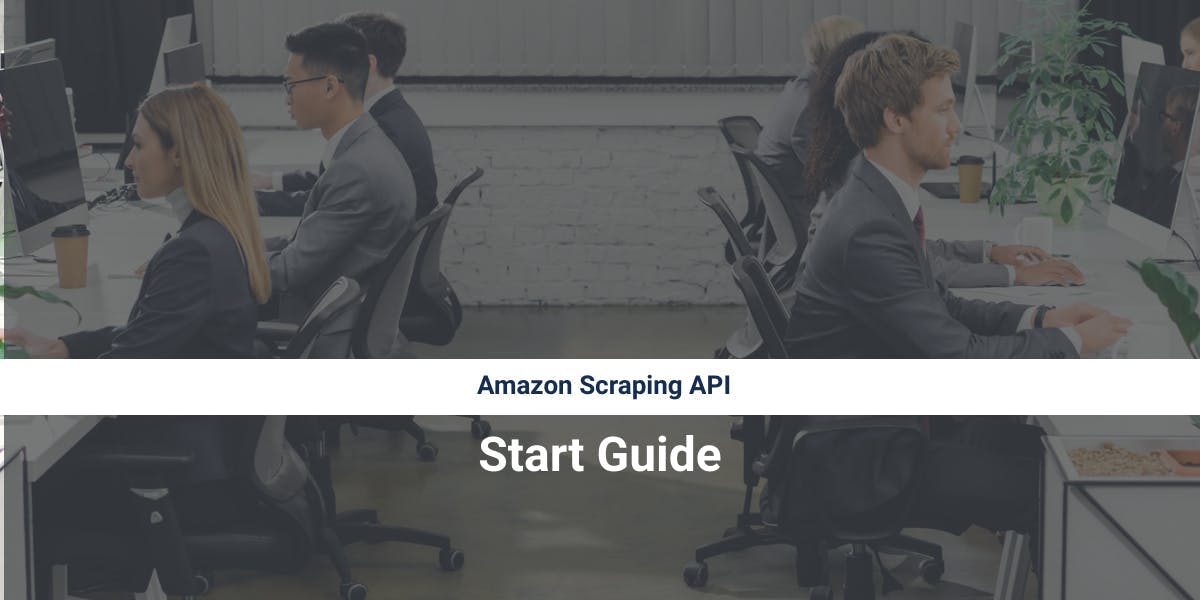
Scrape Amazon efficiently with Web Scraping API's cost-effective solution. Access real-time data, from products to seller profiles. Sign up now!
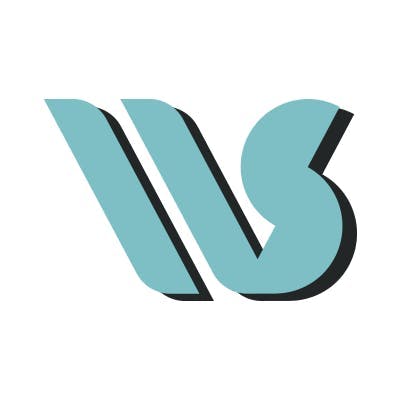
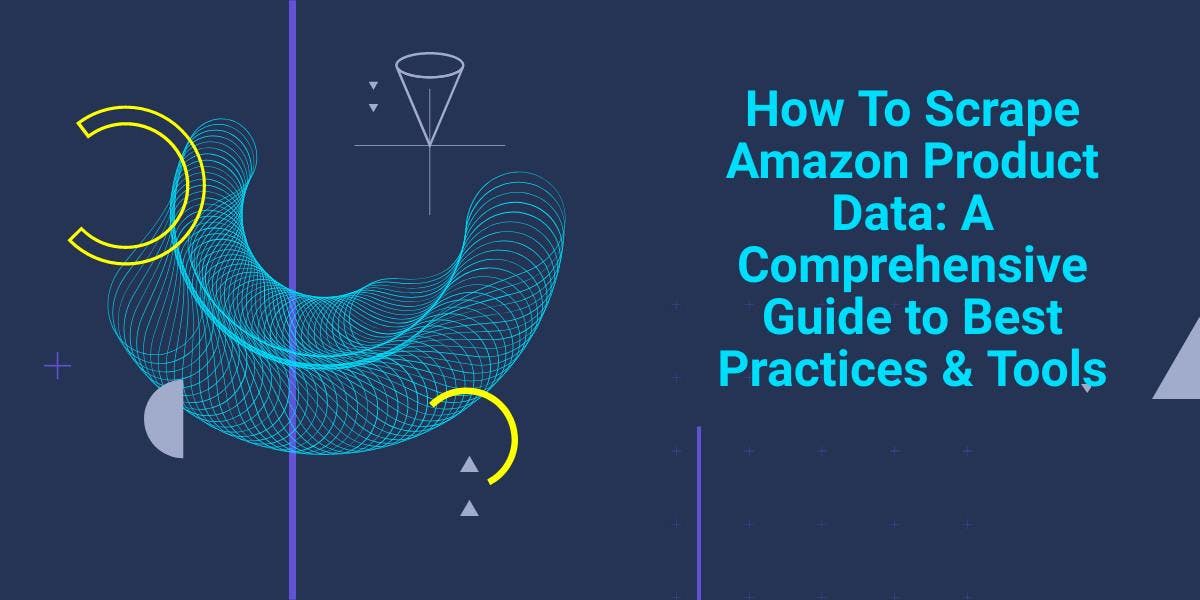
Explore the complexities of scraping Amazon product data with our in-depth guide. From best practices and tools like Amazon Scraper API to legal considerations, learn how to navigate challenges, bypass CAPTCHAs, and efficiently extract valuable insights.

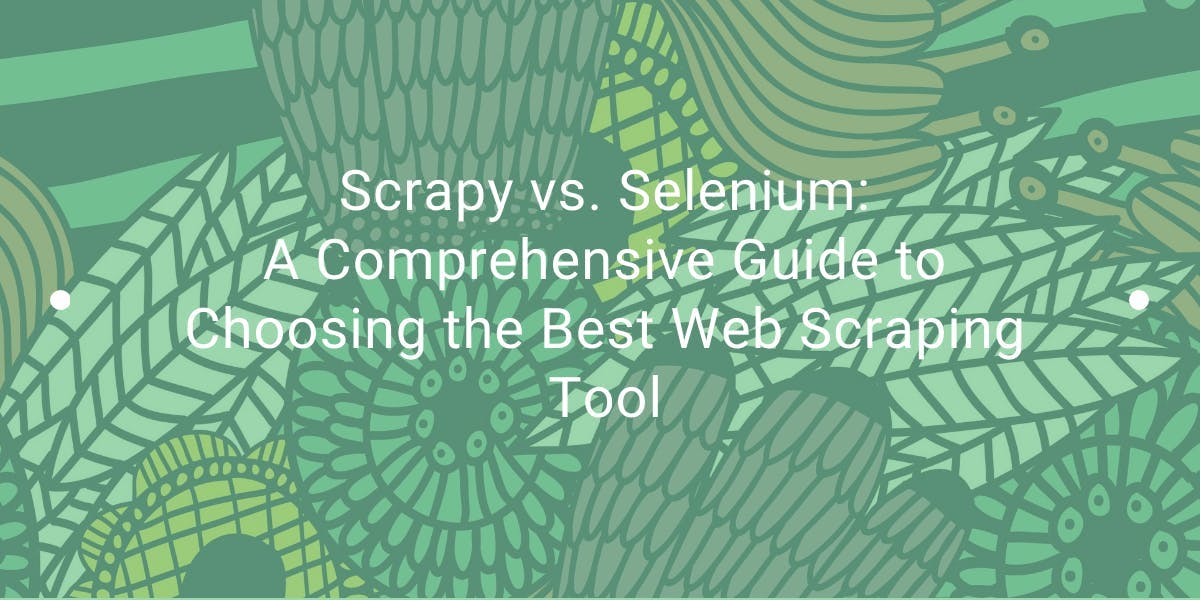
Explore the in-depth comparison between Scrapy and Selenium for web scraping. From large-scale data acquisition to handling dynamic content, discover the pros, cons, and unique features of each. Learn how to choose the best framework based on your project's needs and scale.
